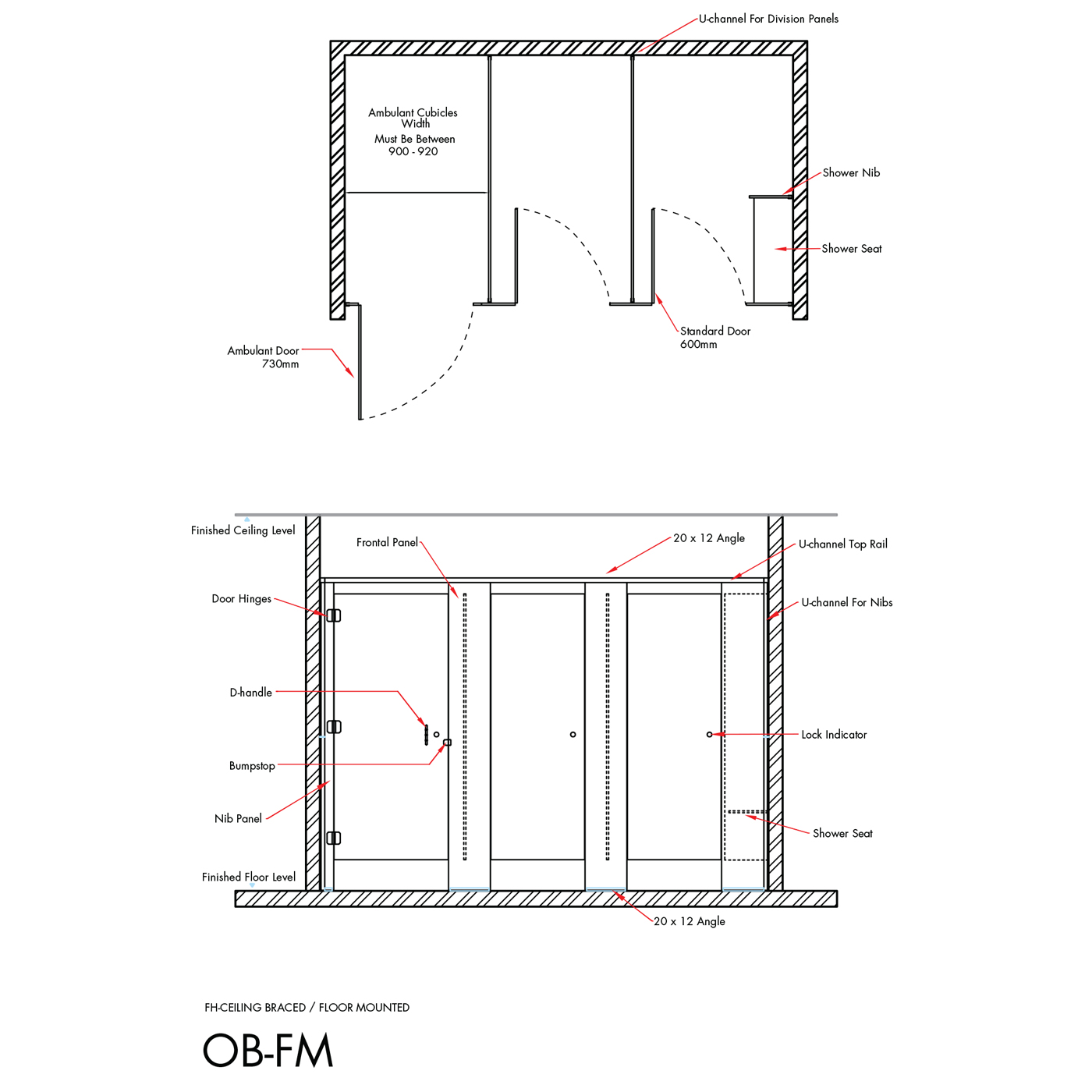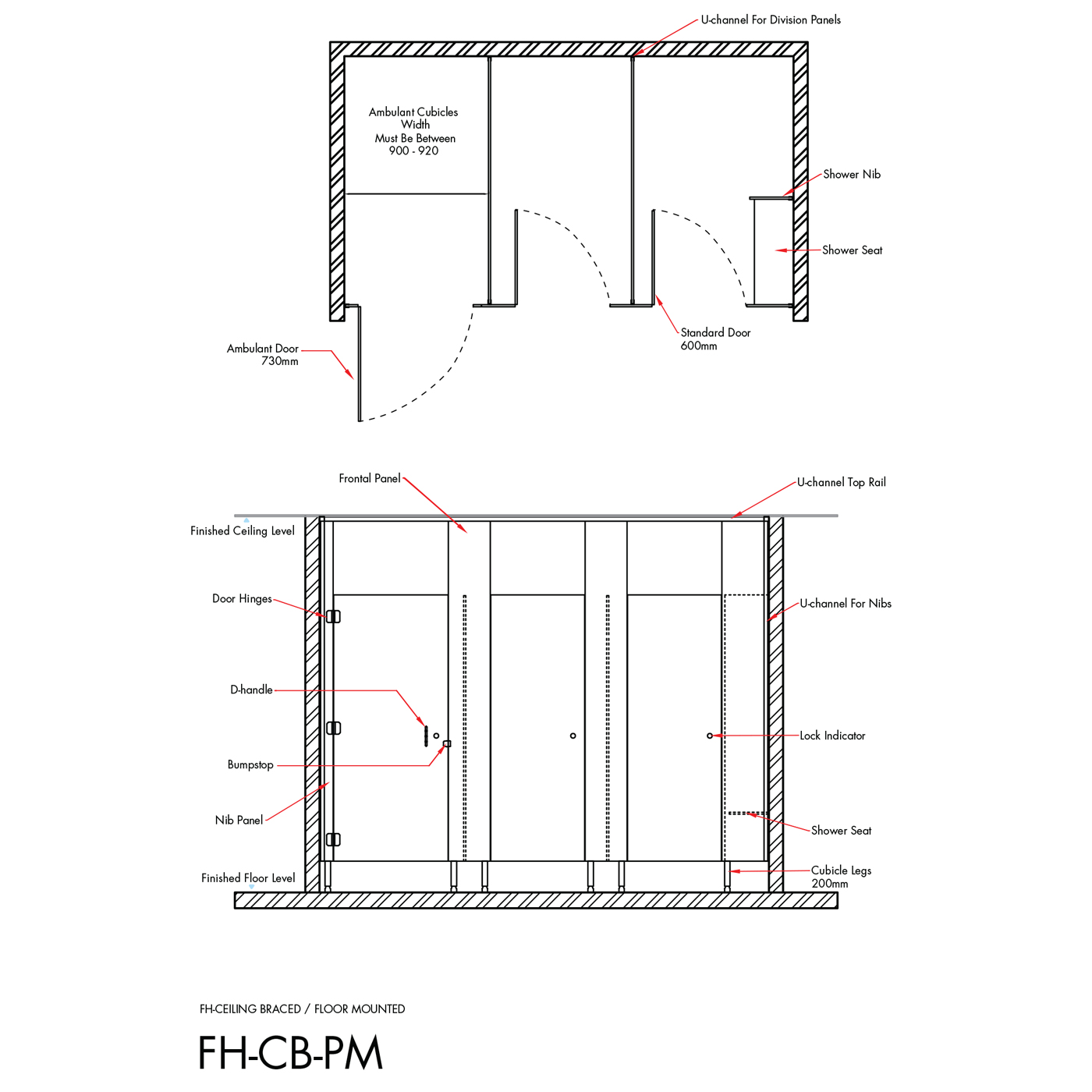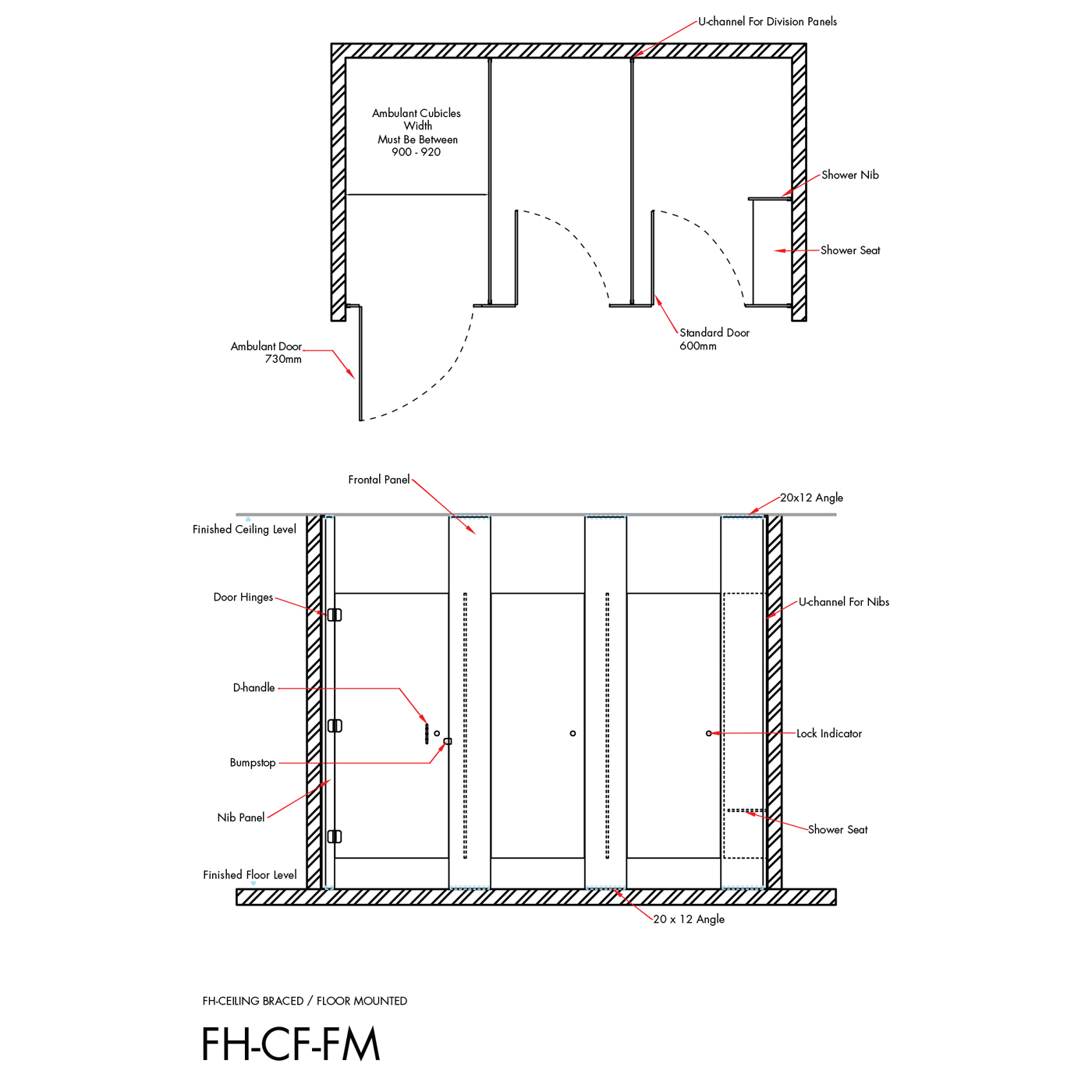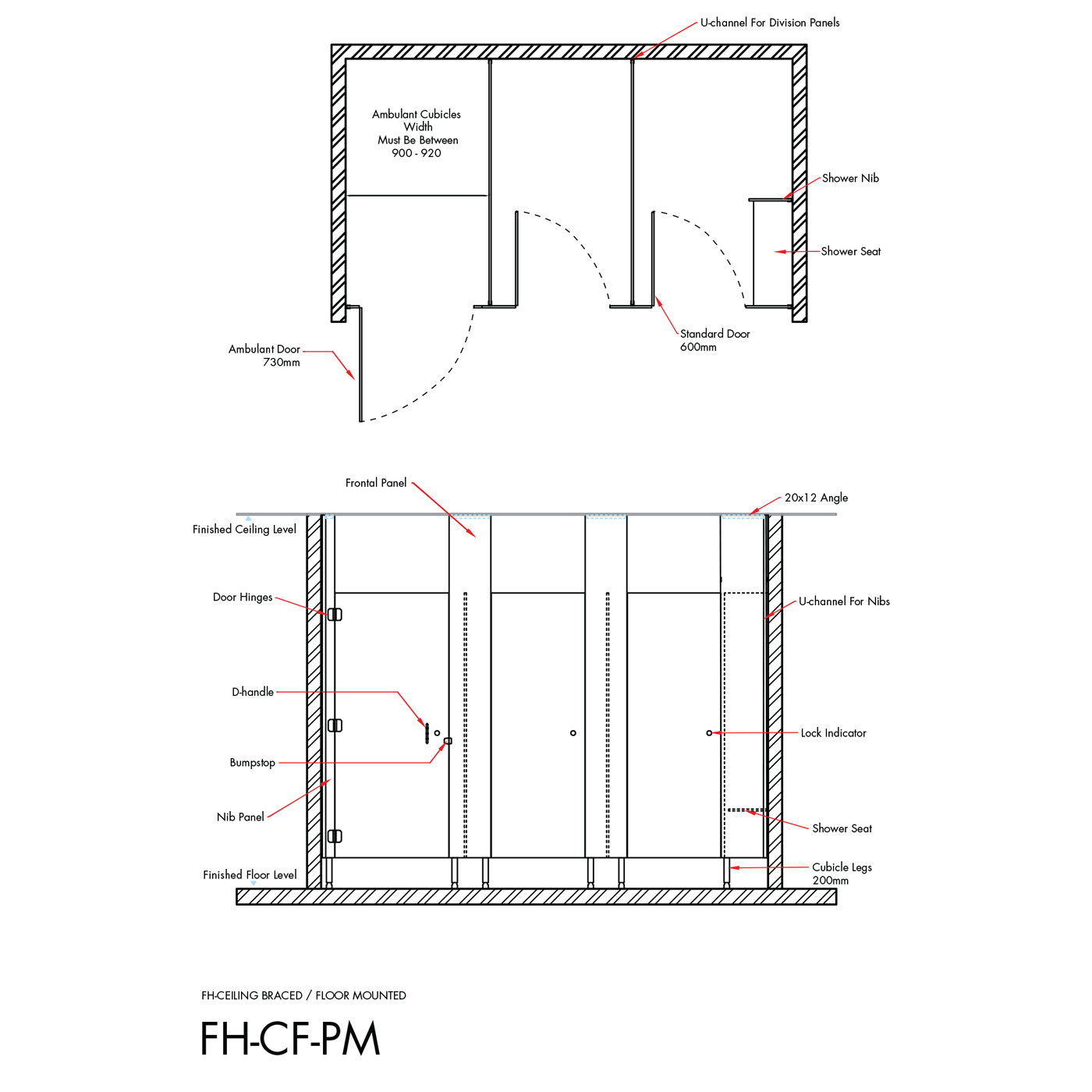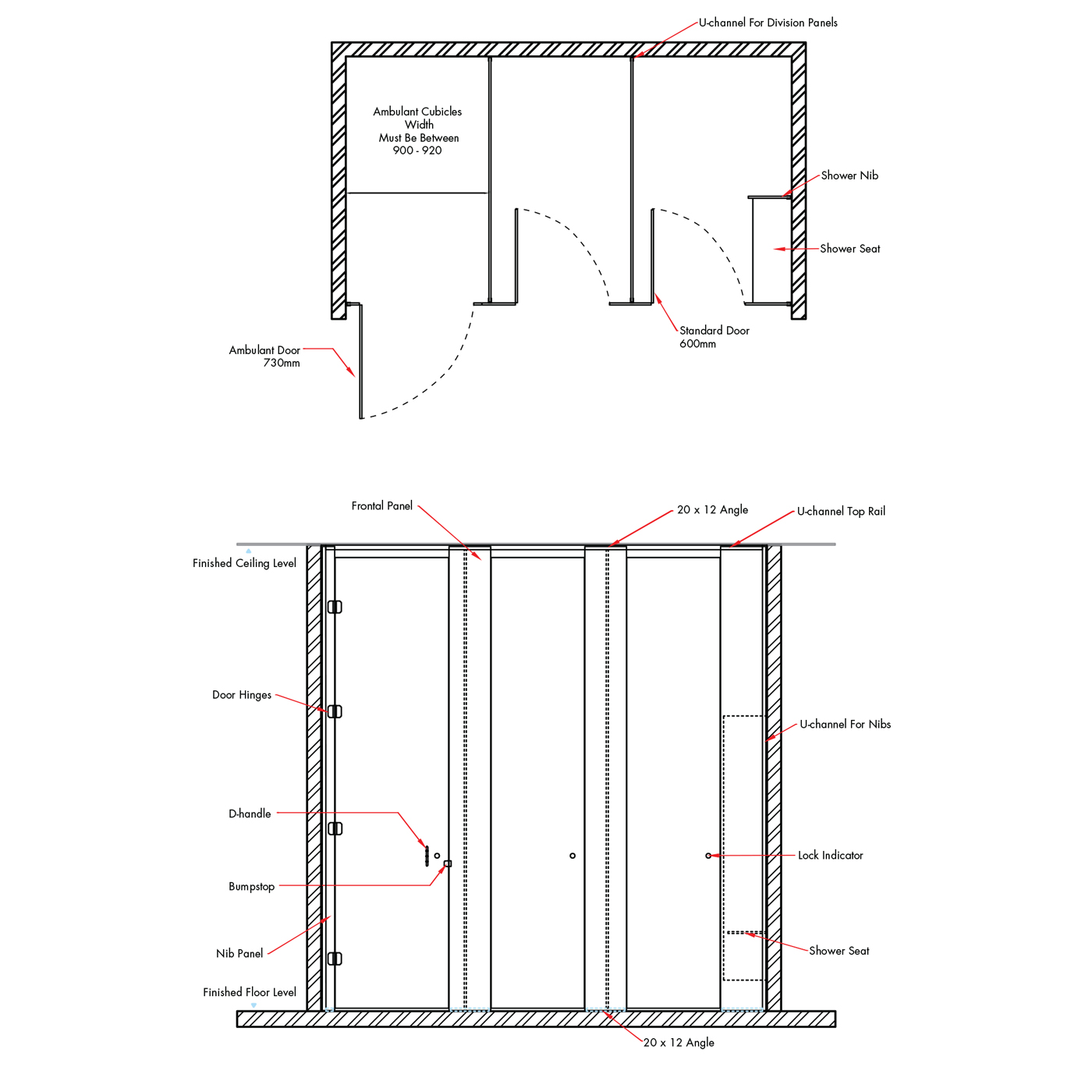
Your total account balance does not reflect any checks or other initiated balance transactions that have not been fully processed. Your small business bank account may be ever-changing as funds come and go. Checking your balance and managing your transactions will give you key insight on your business growth. Learn about your account balance, balance types, and examples in this in-depth article. A store owner once noticed a huge difference between their bank and book balance during monthly reconciliation.
How Long Does It Take for a Ledger Balance to Clear?
Then, you make a record of those discrepancies, so you or your accountant can be certain there’s no money that has gone “missing” from your business. For this reason, the only recourse is to prepare a statement to reconcile the balance shown by the cash book to the balance shown by the bank statement. Except for the above fact, under normal circumstances, if both the bank and account holder have kept their books properly, the cash book and the bank statement should show identical balances. The second item was a $3,000 credit (deposit) that the bank showed in our account that we had no idea was there. They kept $500 as a fee for doing that work for us and put $3,000 in our account. The debt to us on our books was recorded as a note receivable (which we will study later).

Cash Book and Bank Statement FAQs
Next, attention should be given to outstanding checks and deposits in transit. Outstanding checks are those that have been written and recorded in the company’s books but have not yet been processed by the bank. Deposits in transit are funds that have been received and recorded by the company but have not yet appeared on the bank statement. These items need to be accounted for to reconcile the book balance with the bank balance. Accurate financial management is crucial for any business, and one of the fundamental aspects involves reconciling book balance with bank balance.
What is the Difference Between Bank Balance and Book Balance?
![]()
Hopefully you never lose any sleep worrying about fraud—but reconciling bank statements is one way you can make sure it isn’t happening. Reconciling your bank statements won’t stop fraud, but it will let you know when it’s happened. In huge companies with full-time accountants, there’s always someone checking to make sure every number checks out, and that the books match reality. book balance vs bank balance In a small business, that responsibility usually falls to the owner (or a bookkeeper, if you hire one. If you don’t have a bookkeeper, check out Bench). A payment is made by the bank on behalf of the account holder without the latter issuing a check (e.g. standing order payments for rent or insurance premiums). A deposit is received for the account holder directly by the bank.
- The balance on June 30 in the company’s general ledger account entitled Checking Account is the book balance that pertains to the bank account being reconciled.
- Further, it means that the value of your company’s equity, or stock, will rise if business is thriving, and new financing options might become accessible.
- These reconciliations show cash flow and make it easier to spot and resolve discrepancies quickly.
- You have a payroll deposit of $500 and $150 charges on your bank card.
- You can withdraw and deposit funds from this account and write checks as well as gain interest.
- Account holders can check balances by signing in to their bank’s app or website and looking at their latest transactions or by visiting the local branch and speaking with a representative.
What is the approximate value of your cash savings and other investments?
Account Balance is the amount of funds you have available in a given financial account; such as a checking or savings account. The given balance reflects the net amount available after credits and debits. Unauthorized transactions, whether through check fraud or unauthorized electronic transfers, can create unexpected differences between the book and bank balances. Regular monitoring of bank statements and implementing robust internal controls can help detect and prevent such fraudulent activities. Discrepancies between book balance and bank balance can arise from a variety of sources, often leading to confusion and potential financial mismanagement if not properly addressed. One common cause is human error, which can occur during data entry or transaction recording.
An addition or subtraction error may have been made in one of your columns if the difference is a multiple of 10 (100, 1,000, etc.). By doing this, she can be sure that her company is still on course for annual growth even if few months see a little decline in demand for her services. However, there are additional advantages to putting in place an excellent bookkeeping system, such as understanding whether you have room for expansion. If a company or business is booming— it signifies that the sum of assets is higher than liabilities. Further, it means that the value of your company’s equity, or stock, will rise if business is thriving, and new financing options might become accessible.

